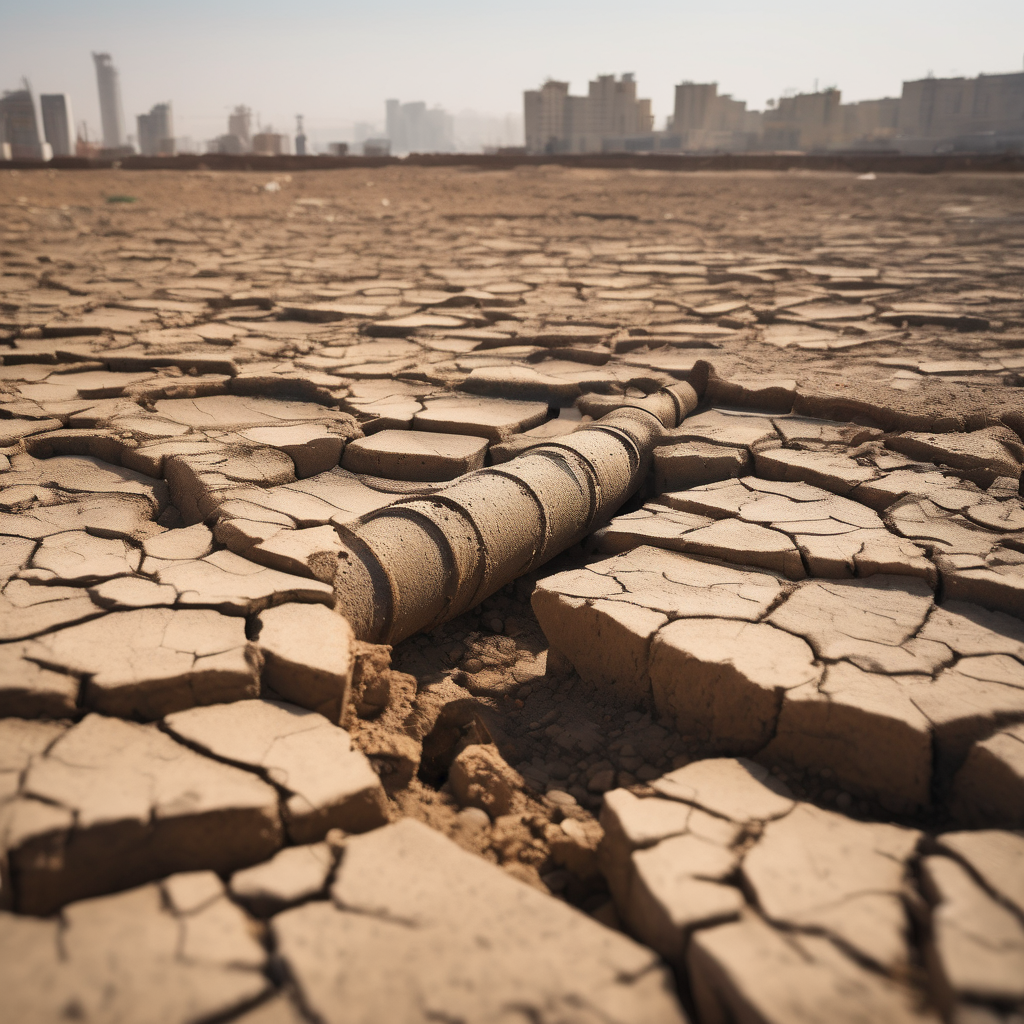Iran is currently grappling with a severe drought that has not only left half the country without rainfall since summer, but also exposed the persistent inefficiencies of its management system. According to official data, 15 out of 31 provinces have recorded no rain since September 23, leading to significant water supply challenges.
The capital, Tehran, has responded by implementing rolling water restrictions to prevent waste, as noted by Energy Minister Abbas Ali Abad. Residents are advised to utilize water containers and pumps to cope with the diminishing supply. Tehran’s population, which stands at approximately 10 million in the city proper and nearly 18 million in the surrounding metropolitan area, continues to grow, yet the outdated water infrastructure struggles to keep pace. The residents have faced unplanned water cuts, often attributed to ongoing repairs.
The drought marks the sixth consecutive year of low water availability, with reservoirs around Tehran plummeting to historic lows. Although officials report that water consumption has decreased by 12% over the past seven months, this figure still does not meet the necessary reduction target of 20% needed to ensure a stable supply as winter approaches. Environmental researcher Azam Bahrami points out that agricultural practices, which consume an estimated 80-90% of water resources, are a major concern. “Without prioritizing other essential sectors, conservation efforts will remain ineffective,” said Bahrami.
The situation is exacerbated by systemic issues that have led to significant annual water losses, estimated at around 16 cubic kilometers since 2002. This alarming statistic translates to losing a volume comparable to Lake Constance every three years. Mohammad Javad Tourian, a researcher at Stuttgart University, highlighted that Iran has lost a total of approximately 370 cubic kilometers over the last 23 years, highlighting the gravity of the crisis.
Repeated efforts by environmental experts to illustrate the unsustainable trajectory of population growth and food production independence have been met with resistance from officials, who often favor those with aligned ideologies over technical expertise. Some, including President Masoud Pezeshkian, have even suggested the evacuation of Tehran amidst the ongoing water crisis, yet no clear plans have been proposed for relocating millions of residents.
Amidst the lack of a coherent long-term strategy, researchers like Tourian advocate for immediate steps to alleviate the crisis, including prioritizing drinking water supply in urban areas and reorienting agriculture towards more climate-appropriate practices. He suggests that employing satellite imagery could enhance understanding of water losses nationwide, assisting in creating a more accurate water budget.
Tackling this multifaceted issue will require not just policy changes, but also institutional reforms and technical improvements—a daunting task in a politically charged environment. Yet, with the increasing public awareness of this crisis, there is hope for more urgent action and meaningful reforms to ensure a sustainable future for Iran’s water resources.
